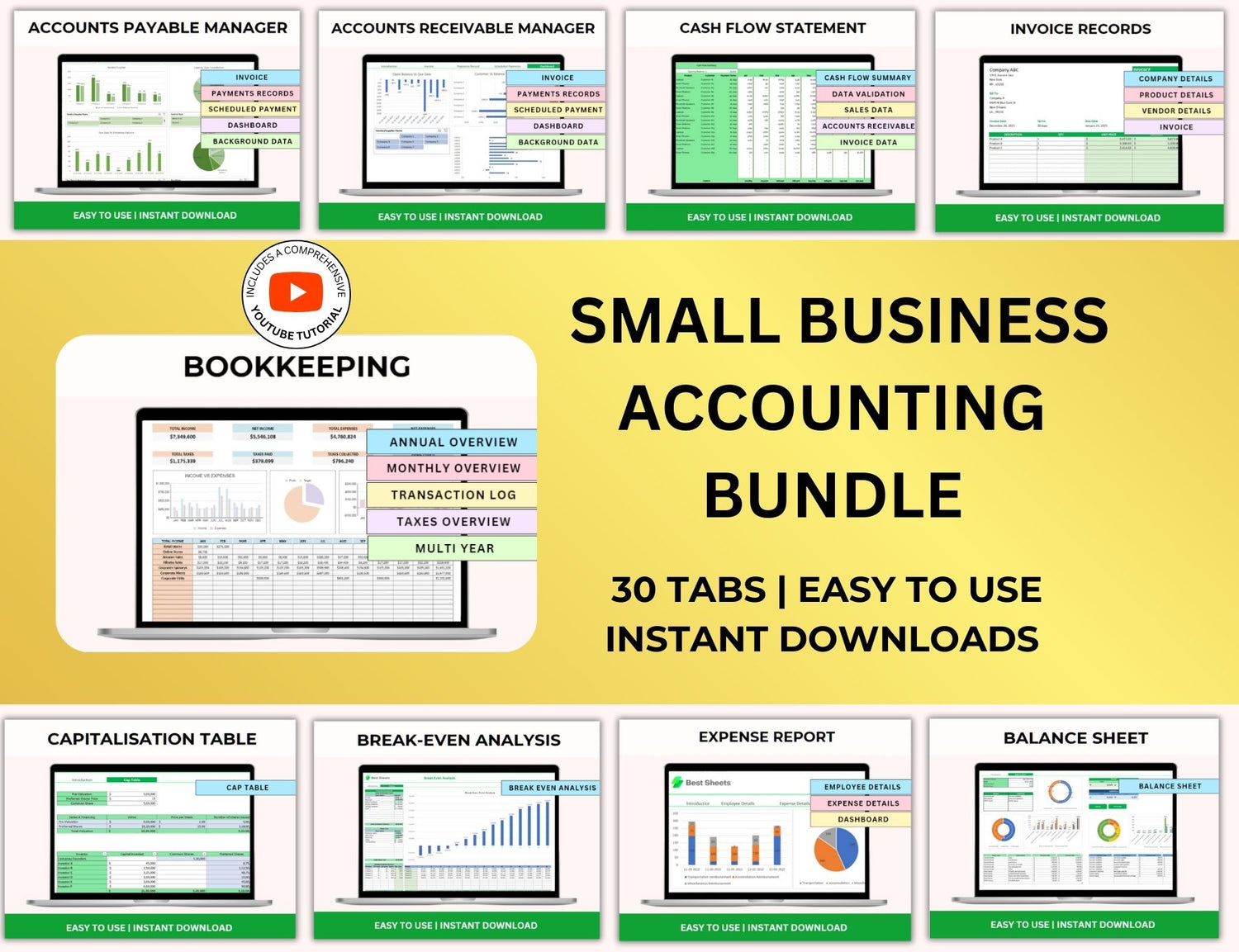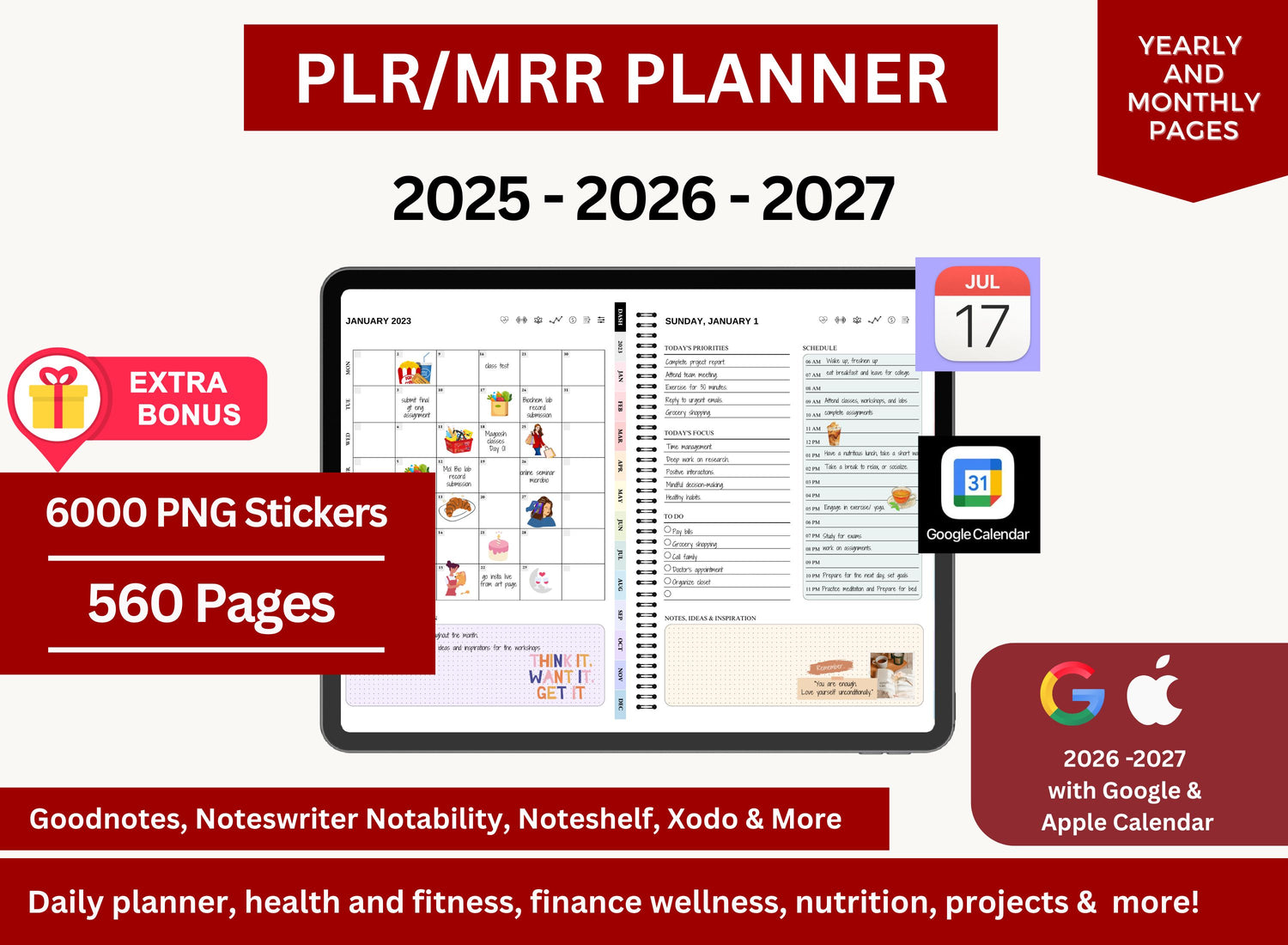Janice Bryant Howroyd’s Wild Rise from Small-Town Girl to Billionaire Boss (And What You Can Learn from It)
Let’s be honest—most success stories are polished within an inch of their lives. We hear about the highlight reels: the big wins, the company acquisitions, the awards. But when you really dig into someone’s life, especially someone like Janice Bryant Howroyd, what you find is something a bit messier... and much more inspiring.
She didn’t just break through glass ceilings. She ignored the entire building and built something entirely new—starting with little more than a phone, a borrowed $900, and a whole lot of nerve.
From Tarboro, North Carolina to Beverly Hills
Janice Bryant Howroyd was born in 1952 in Tarboro, a small town in North Carolina. She was the fourth of eleven children. Her parents were... well, modest folks. Educators, actually. And though the family didn’t have much money, they did have values. A lot of values. Discipline, hard work, education, faith—all that stuff that sometimes feels outdated but, oddly, still works.
She graduated from high school at just 15. I know, right? At that age I was still figuring out how to avoid gym class. She went on to earn a degree in English from North Carolina A&T State University. And somewhere along the way, she decided she wasn’t going to stay small. Not in thought, not in ambition.
In 1976, she moved to Los Angeles. A cross-country leap with just $900 in her pocket and, as she put it, "a suitcase full of dreams." That $900 was a loan from her mom. She wasn’t running from something; she was running toward something. She just didn’t know what yet.

Source: CNBC.
Observing the Gaps—and Making Her Own Space
Her first job in L.A. wasn’t glamorous. She worked as a temporary secretary at Billboard magazine, where her brother-in-law had helped her get a foot in the door. Not exactly the empire-builder move we all imagine. But that’s kind of the point.
While working at Billboard, she started noticing things. Or, rather, noticing what wasn’t there. Companies weren’t paying attention to diversity. They weren’t building inclusive teams. And they certainly weren’t creating opportunities for people who didn’t fit a very narrow mold.
So in 1978, she took another leap. With $1,500—$900 from her mom and $600 of her own—she rented a tiny office in Beverly Hills and started ACT-1 Personnel Services. No investors. No fancy PR. Just a desk, a phone, a fax machine, and an idea that people deserved better access to opportunity.
Building the Business—Quietly, Relentlessly
ACT-1 started with staffing and personnel support. But Janice didn’t stop there. She expanded slowly, methodically, offering HR services, background checks, payroll support. It grew because she listened. She didn’t just sell a service; she solved problems.
Over time, ACT-1 Group became the largest minority woman-owned workforce management company in the U.S. It now operates in more than 30 countries, serves thousands of clients, and brings in billions annually.
And, yes, Janice became the first Black woman to own a billion-dollar company. That’s a milestone. But, for her, it wasn’t the endgame. It was just a reflection of the impact she had built brick by brick, sometimes painfully slow, but always forward.
Lessons You Can Actually Use (Seriously)
It’s easy to hear a story like this and feel inspired for ten minutes, then slip right back into your routine. But the real value is in the details. The tiny shifts you can make in your own life. So what can we take from Janice Bryant Howroyd’s journey?
1. Don’t Wait for Perfect
If she’d waited for the perfect time, or the perfect funding, or the perfect business plan... we wouldn’t be talking about her right now. She started where she was, with what she had.
Honestly, that might be the hardest part. We like to tell ourselves we’ll do it when things calm down. Or when we have more clarity. But what if you just started now—messy, unsure, unpolished?
2. People Matter More Than Strategy
Janice didn’t scale because she had the best pitch deck. She built relationships. She listened. She saw the gaps and filled them in ways that were thoughtful, not flashy. She’s said often that treating people with respect isn’t just good ethics—it’s good business.
3. Use the Right Tools
Running a business (or even just trying to get your life in order) is chaotic. You need structure. And not the rigid kind that makes you feel like a failure if you miss a checkbox. Something flexible. I’ve seen planners come and go, but this girl planner actually feels... usable. Especially if you’re juggling work, family, and a dozen things in between.
It’s customizable, which makes it feel personal. Like it was made for women navigating complex lives—not just bullet journals and aesthetic vibes, but actual systems.
The Complexity of Being First
There’s another side to Janice’s story that doesn’t always get told. Being the first at something—especially something this big—can be isolating. She’s spoken about this in interviews. The pressure to represent, the fear of failure being tied not just to her, but to an entire community.
That weight is real. And yet, she carried it. Sometimes with grace, sometimes with grit. Maybe not always perfectly—but does anyone? I think that’s why her story sticks. Because it isn’t clean. It’s layered. Like life.
Some Advice—And a Gentle Nudge
You don’t need to want to build a billion-dollar company to learn from Janice. Maybe you just want to get through the week with a little more confidence. Or finally start the side hustle you’ve been dreaming about. Or get back to writing that thing you shelved last year.
Whatever it is, structure helps. Confidence helps. A tiny bit of discipline wrapped in self-kindness goes a long way. That’s where tools like a girl-centric planner shine again. Because planning isn’t about perfection—it’s about possibility. About seeing the next step, even when the full staircase feels invisible.
Final Thought (Or Maybe Just a Pause)
Janice Bryant Howroyd’s journey isn’t a fairy tale. It’s not a hero’s arc with clear plot points. It’s more like a mosaic—complicated, contradictory, imperfect... and incredibly beautiful.
And maybe that’s the most encouraging part. That you don’t need to have it all figured out. You just need to start. With whatever you have. Even if it’s $900 and a dream you can’t quite put into words yet.









